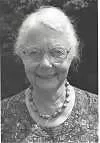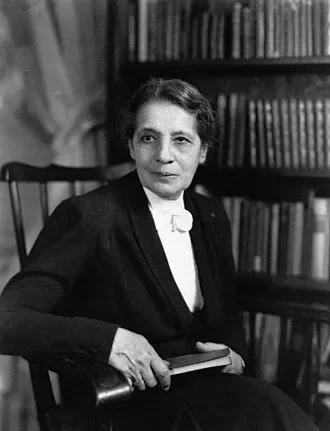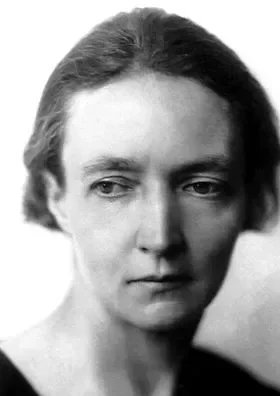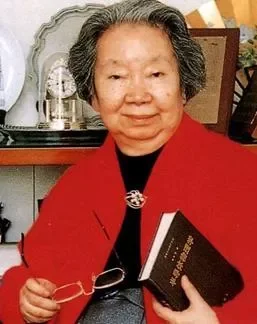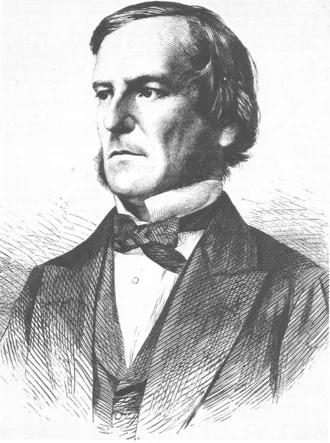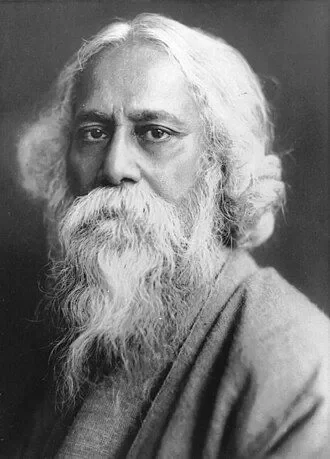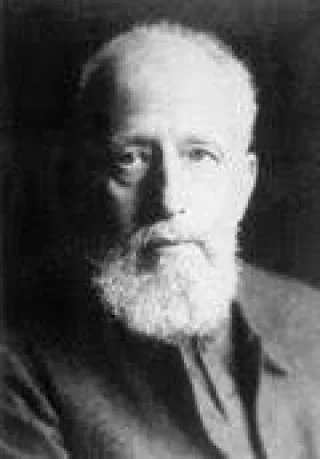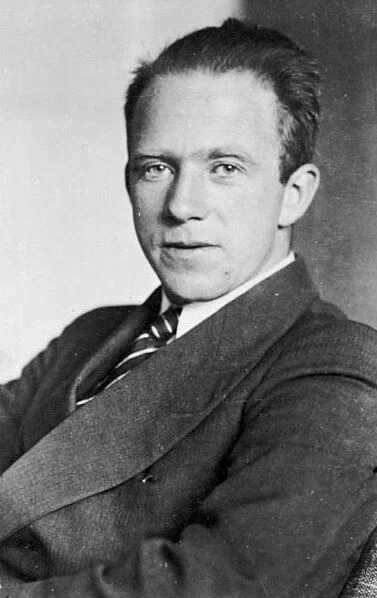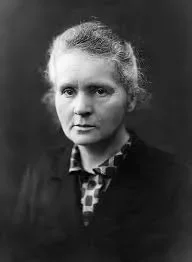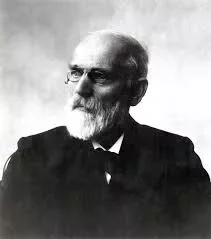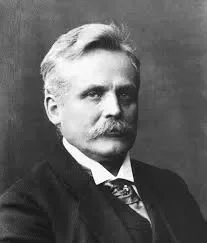Real Celebrities Never Die!
OR
Search For Past Celebrities Whose Birthday You Share

source:wikipedia.org
Sophie Germain
Birthday:
01 Apr, 1776
Date of Death:
27 Jun, 1831
Cause of death:
Sequel of Cancer
Nationality:
French
Famous As:
Philosopher
Age at the time of death:
55
Introduction to Sophie Germain
Sophie Germain, born on April 1, 1776, in Paris, France, was a renowned mathematician and physicist. Despite facing countless obstacles as a woman in a male-dominated field during the 18th and 19th centuries, Germain persevered and made remarkable contributions that have left an indelible mark on the world of mathematics.
Early Life and Passion for Mathematics
Germain’s early years were marked by passion and determination. Born into an affluent middle-class family, she possessed a keen curiosity about the world and an insatiable thirst for knowledge. Encouraged by her parents, she exposed herself to a wide range of disciplines at an early age, including history, philosophy, and literature. However, her true calling revealed itself when she discovered a book about the Ancient Greek mathematician, Archimedes.
Challenges in Pursuing Education
Driven by her love for mathematics, Germain embarked on a challenging path of self-study. She faced numerous challenges, given that quality education was not readily accessible to women. In the pursuit of knowledge, she devoured works by notable mathematicians of her time, including those of Leonhard Euler and Joseph-Louis Lagrange.
Fascination with Fermat’s Last Theorem
Germain’s perseverance and determination paid off when she discovered and became fixated on Fermat’s Last Theorem — a particularly complex problem that had baffled mathematicians for centuries. Germain’s passion for the theorem led her to develop a correspondence with several prominent mathematicians, most notably Carl Friedrich Gauss. However, due to societal norms, Germain had to hide her gender, using the pseudonym “Monsieur Le Blanc” when communicating with her peers.
Recognition from the Paris Academy of Sciences
Despite keeping her true identity secret, Germain’s groundbreaking work did not go unnoticed. In 1816, she became the first woman to receive recognition from the prestigious Paris Academy of Sciences for her paper on the theory of elasticity, a subject she had studied extensively and applied to solving problems more related to engineering and physics.
Contributions to Mathematics and Physics
Germain’s contribution to mathematics extended far beyond her work on Fermat’s Last Theorem. She made significant advancements in number theory, elliptic integrals, and the theory of vibrating plates. Her research on elasticity proved pivotal in predicting the behavior of materials under stress and laid the foundation for modern engineering practices. Her efforts earned her a spot in history as one of the most influential mathematicians of her time.
Personal Resilience and Courage
Beyond her professional accomplishments, Germain’s personal life was marked by resilience and courage. She endured countless personal hardships, including the turmoil of the French Revolution and the Napoleonic Wars. Germain’s steadfast commitment to her studies during these challenging times showcases her unwavering dedication to her passion, despite the obstacles placed before her.
Legacy and Inspiration
Sophie Germain’s legacy lives on, inspiring future generations of mathematicians and scientists. Her tenacity and groundbreaking contributions have paved the way for countless women pursuing careers in STEM fields. Through her work, Germain challenged societal norms and shattered barriers, proving that gender should never dictate one’s ability to excel in a chosen field.
Sophie Germain's Quote's
Death and Enduring Impact
Tragically, Sophie Germain’s life was cut short when she passed away on June 27, 1831, at the age of 55. However, her impact on mathematics and her relentless pursuit of knowledge continue to resonate to this day.
Conclusion
Sophie Germain’s life and accomplishments stand as a testament to the power of perseverance, determination, and passion. Her groundbreaking contributions to mathematics and physics have solidified her place among the greatest mathematicians in history. As we celebrate her achievements, Germain’s story reminds us of the importance of breaking through barriers and embracing our passions, regardless of the obstacles we face. Sophie Germain’s life serves as an inspiration to current and future generations, highlighting the incredible heights one can reach when fueled by passion, curiosity, and unwavering dedication.
Name:
Sophie Germain
Popular Name:
Sophie Germain
Gender:
Female
Cause of Death:
Sequel of Cancer
Spouse:
Place of Birth:
Paris, France
Place of Death:
Paris, France
Occupation / Profession:
Personality Type
Logistician: Practical and Fact minded individuals whose reliability cannot be doubted. She was very practical and fact oriented.
Germain made significant contributions to the field of mathematical physics, particularly in the study of elasticity theory. She developed equations and formulas used in calculating the vibrations and oscillations of elastic bodies.
Sophie Germain often signed her correspondence using a male pseudonym, "Monsieur Le Blanc," in order to be taken seriously by her male counterparts in the mathematics community.
Germain faced opposition and rejection from academic circles because of her gender. She persisted in her studies and performed her research in isolation, relying only on mathematical texts and correspondence with male mathematicians.
Germain initiated a correspondence with the eminent mathematician Carl Friedrich Gauss. Initially, Gauss dismissed her as a mere amateur, but he eventually recognized her talent and became a mentor to her, fostering her mathematical development and encouraging her work.
Paris Academy of Sciences award


